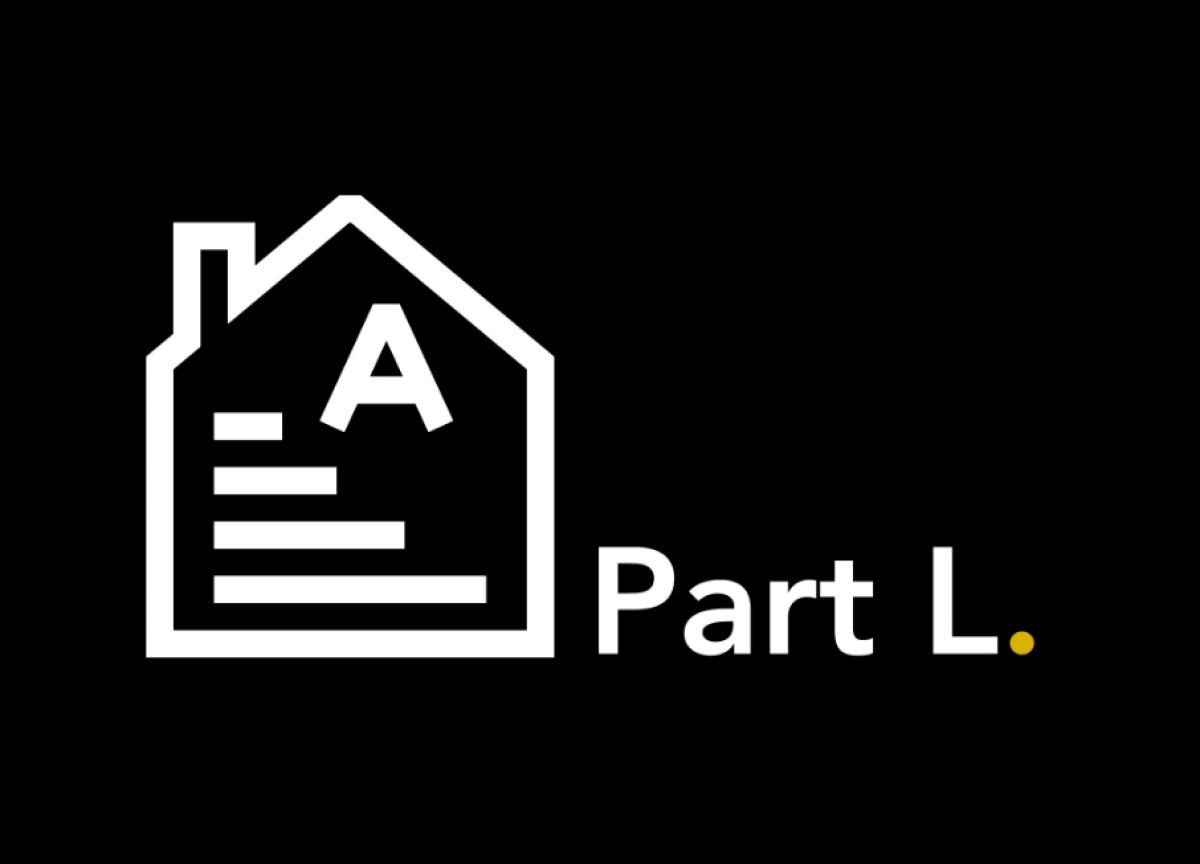
Managing Director, Gavin Sorby, looks at how changes to Building Regulations will help us move towards a low carbon future.
The Government is keen to move forward on its green agenda and the changes proposed to Building Regulations are a big step in this direction. The new Part L regulations, with corresponding changes to Part F, will bring about a change that will impact on the performance, design and appearance of new homes over the next 18 months.
There is a shift away from reducing carbon to reducing energy use. This is a far more sensible approach. The current requirement is a blunt instrument and does not adequately recognise those schemes using less energy in the first place.
The change in emphasis is linked to the increased use of renewables and decrease in fossil fuel for power generation. The values that lay behind the calculations required by Part L will be adjusted to encourage the use of electricity which is now seen as a clean and more sustainable source of energy. New homes will also be encouraged to have PV arrays installed to make a small contribution at a local level.
The move to electric cars and car charging will also be in the thinking - if not yet in the regulations - and domestic PV arrays will hopefully take an amount of the additional load this generates.
Increased insulation values will go hand in hand with the shift to electric heating with changes to ventilation requirements to ensure that all homes are tested for leakage and not just a sample. The changes will also tackle some of the issues, such as condensation and stale air, caused by the current Part F requirements.
Greater attention is also paid to overheating issues, particularly in apartments where internal heat losses from, for example, circulation pipework in corridors can cause a heat build up even in the warmer months.
The move to electric space heating and better insulated homes is likely to lead to lower temperature emitters removing the need for very hot water currently associated with a gas boiler. Better insulated homes will require less energy to warm them and it is expected that there will be an increase in the use of heat pumps that will provide hot water at a lower temperature and a more tightly controlled use of MVHR units to ensure they are correctly installed.
It is recognised that there are currently not sufficient trained engineers to install and maintain this technology and this will present challenges.
The above changes are expected to add up to £5000 to the construction cost of the average property, and the changes will apply quite swiftly. When the new regulations arrive they will apply to new applications, but also to any home where construction has not started but that already has a building regulation approval more than 12 months old.
The final wording of the regulations has not yet been agreed but the direction of travel is clear. The future is lower energy, better ventilated and above all electric.